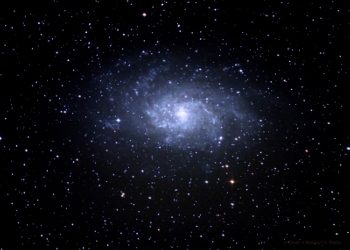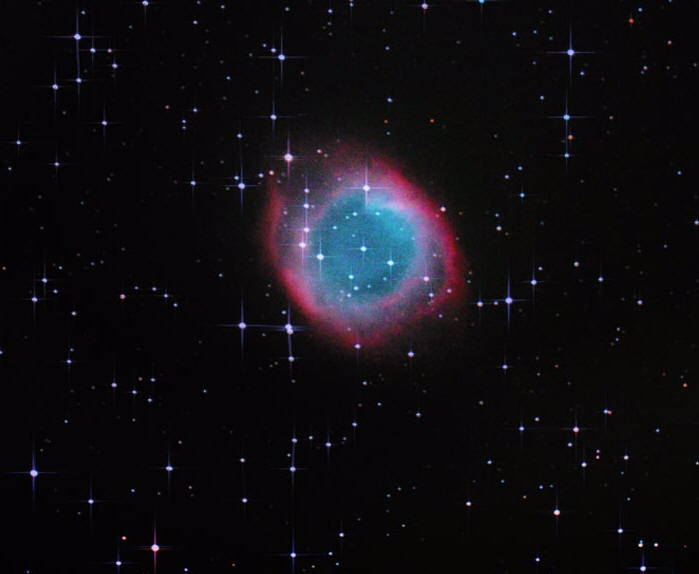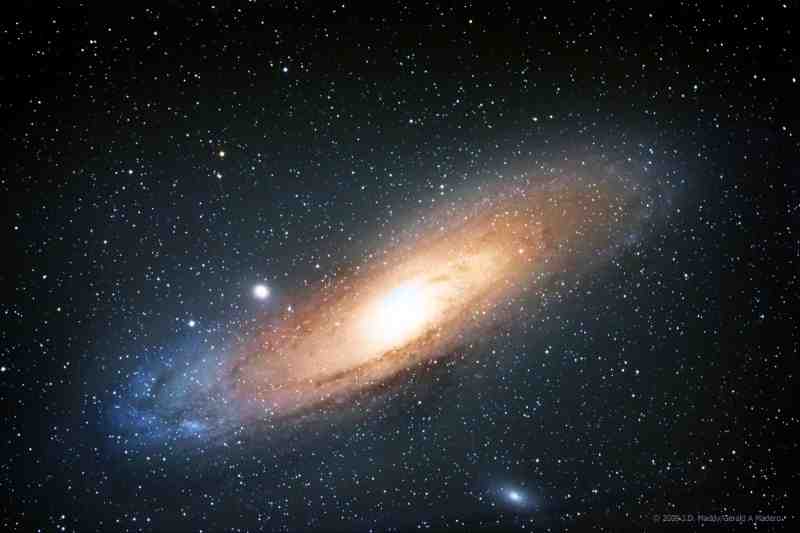M33
taken with a
Hyperstar 3 and Canon 450D
J D
Maddy has teamed up with Gerald Madero to start taking and
processing gigabytes of data. The short exposure times of the
Hyperstar allows for more picture taking and less time in the
observatory taking pictures. Of course, Jerry's time on the computer processing
all the data is increasing!
|
|
|
|
|
 |
|
After stacking 30 exposures with Deep Sky
Stacker and processing with Photo Shop, the results are obvious.
This is 15 minutes worth of exposures that without the Hyperstar
would have take hours to do. |
|
|
|
|
|
|
|
|
|
|
|
|
|
|
|
|
 |
|
Another Cygnus wonder, this planetary nebula is
known as the Dumbbell Nebula, or M27. This is one exposure
through the Hyperstar 3 and processed by Jerry in Photoshop. |
 |
|
Yet another planetary nebula caught with the
Hyperstar 3. This is NGC7293, also known and the Helix Nebula.
One of the largest nebula, but, very faint to observe. This is a
stack of 20 images using Deep Sky Stacker and processed using
Photoshop. |
|
|
|
|
 |
|
M31, the Andromeda Galaxy is one of our nearest
neighboring galaxies. It lies about 2.5 Million light years
away. Also in the picture are M110 (bottom) and M32 (left of
center), more satellite galaxies. |
 |
|
The Double Cluster, NGC 869 and NGC 884 are
naked eye clusters in Perseus. This cluster is best seen in
binoculars as it covers quite an area of the sky. Only the
lowest powers are used with telescopes to view this object and
it is still tough to see the whole extent of the clusters. |
|
|
|
|
 |
|
The Rosette Nebula is located in the
constellation of Monoceros, The Unicorn. |
|
|
|
|